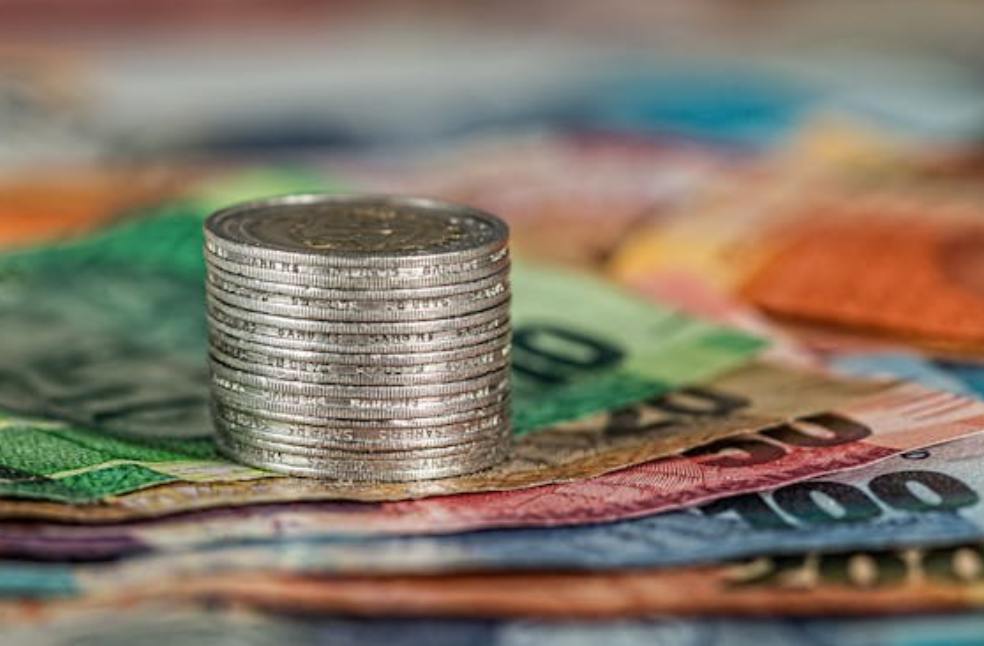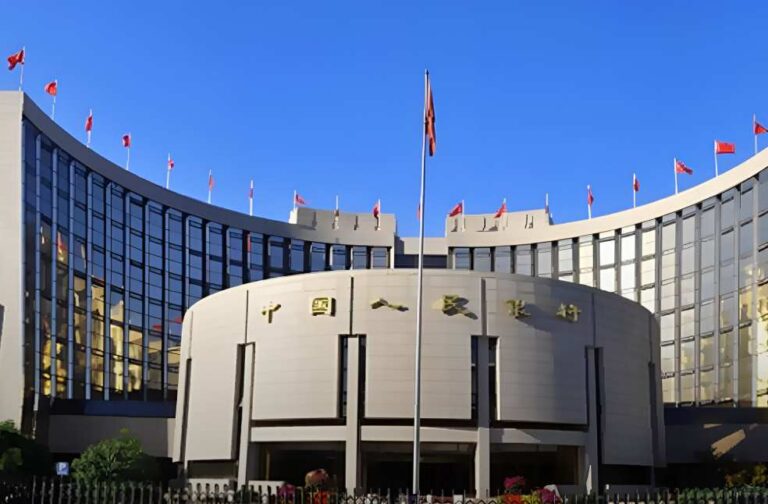Beijing: People’s Bank of China (PBOC) has declared regulatory measures for stimulating lending and cutting borrowing costs in light of reignited growth in the world’s second-largest economy. The initiative progresses as China faces challenges, with recent data pointing to the possibility that the country could miss its 5% GDP growth target for the year.
PBOC Governor Pan Gongsheng conveyed to cut the reserve requirement ratios (RRR) for banks, reducing the amount of cash banks are required to hold in reserve by half a percentage point. This adjustment is expected to free up around 1 trillion yuan (£106 billion) for new lending. Governor Pan added that further RRR cuts could be introduced later in the year to inject more liquidity into the banking system.
Speaking at a rare news conference alongside officials from other financial regulators, Pan Gongsheng stressed that these measures are essential to boost economic activity. Asian stock markets responded positively to the announcement, with major indexes in Shanghai and Hong Kong rising over 3% in afternoon trading.

In addition to easing the reserve requirement, the PBOC introduced new measures to aid China’s struggling real estate sector, which has been in a sharp decline since 2021. With several major developers collapsing and a glut of unsold homes and unfinished projects, the property market has become a key area of concern.
To address this, the central bank has slashed interest rates on existing mortgages and lowered the minimum down payment on all types of homes to just 15%, providing relief to homeowners and developers alike. These measures are expected to encourage more home purchases and support the sector’s recovery.
The PBOC’s stimulus package comes just days after the U.S. Federal Reserve made its first interest rate cut in over four years, signaling a global trend towards monetary easing. As both the Chinese and U.S. economies face significant challenges, these moves highlight the increasingly cautious approach central banks are adopting to sustain growth.
With these latest interventions, China’s government is looking to reverse its economic slowdown and stabilize critical sectors, especially real estate. Markets will be closely watching to see if the new measures can lift China’s economy in the final quarter of 2024.



